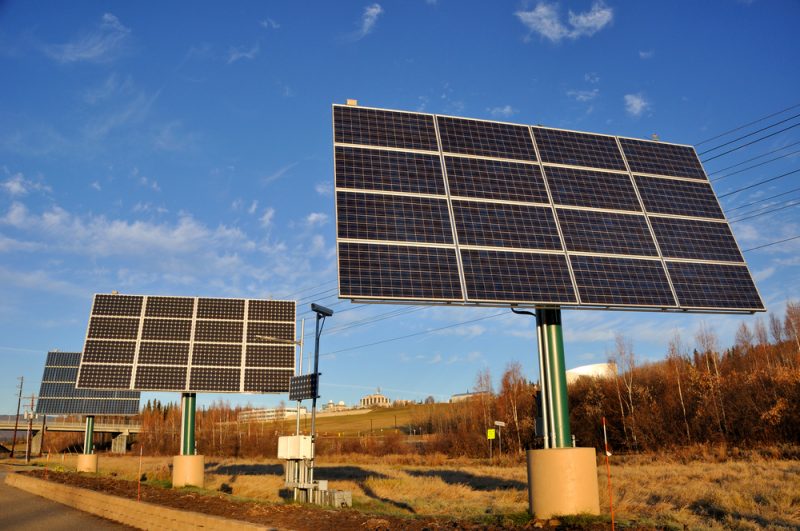Michigan Tech study suggests outfitting military infrastructure with solar PV microgrid systems

A team of researchers from Michigan Technical University proposed in a new paper that, in order to enhance national electric grid security, military infrastructure should be outfitted with solar photovoltaic (PV)-powered microgrid systems.
Their study found that the military requires 17 gigawatts (GW) of PV to fortify domestic bases and that the systems are technically feasible and economically favorable. The team examined the feasibility of
employing the top 20 contractors already working with the U.S. Department of Defense to install more
microgrids. They found that doing so would be both technically and economically feasible.
“I come from a military-oriented family, so for me the military is important to bridge the technical capacities and policies to trickle down to other critical infrastructure and services,” Emily Prehoda, the paper’s lead author and a PhD student in Energy Policy at Michigan Tech, said. “This is such a huge issue, not only for the military but for other organizations, and it hits from all different sides, from the technical, economic and social—and it leads back to the idea of security.”
According to the researchers, utilizing solar PV microgrids would give the military more reliable access to electricity and increase national security by protecting against threats from natural disasters as well as physical and cyber attacks.
“The U.S. military is extremely dependent on electricity now; it’s not people fighting with bayonets,” Co-author Joshua Pearce, a dual-appointed professor of electrical and computer engineering as well as materials science and engineering at Michigan Tech, said. “If we put the money into PV-powered microgrids, it would be making us objectively more secure and we get a return on our investment as after the initial investment in PV the military would enjoy free solar electricity for the next 25 years.”
The U.S. military’s current renewable energy plan in place sets a goal of 25 percent of energy production from renewable sources by 2025. Presently, only 27 of the more than 400 domestic military sites either have fortified PV microgrids in operation or have plans to implement one.
The researchers also found that it would take 2,140 GW to supply all critical infrastructure in the US with 100 percent solar power and a hybrid microgrid system with storage provide protection against grid failure. The US has installed a total capacity of 22.7 gigawatts of solar to date.
“There is some policy recognition that energy can be a security priority,” Chelsea Schelly, co-author of the paper and an associate professor of sociology at Michigan Tech, said. “If we recognize that this capacity already exists, then we can start thinking about PV as a security measure by integrating microgrids—and then creating local resilience based on military technologies.”
